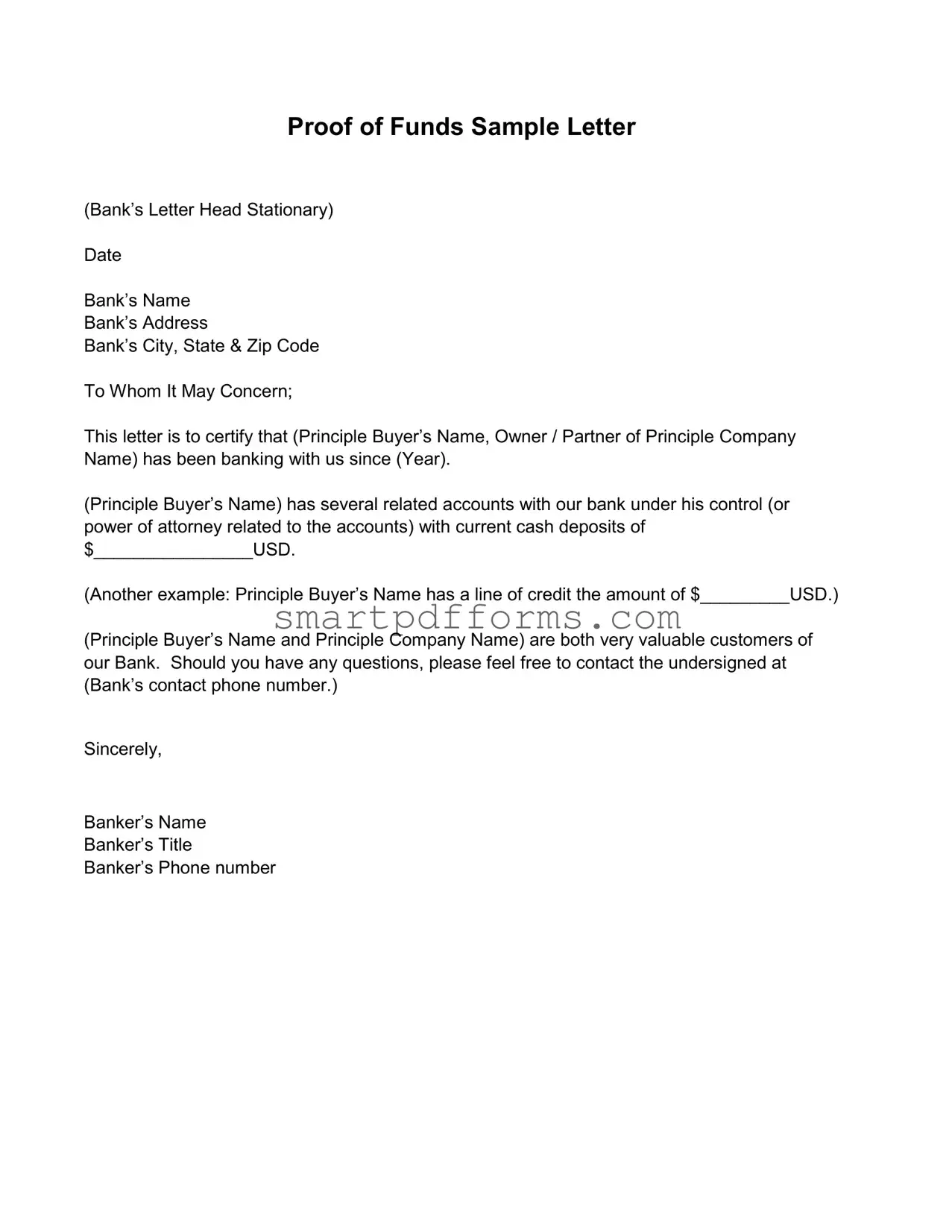When dealing with real estate transactions, letters verifying the availability of funds, known as Proof of Funds (POF) letters, become indispensable. However, there are several common misconceptions about these documents that need clarification to ensure both parties involved—buyers and sellers—are on the same page.
Misconception 1: POF Letters Guarantee Payment
A common misunderstanding is that a Proof of Funds Letter guarantees payment to the seller. While a POF letter does indicate that the buyer has access to a certain amount of money, it doesn’t guarantee that these funds will be used for the purchase. The letter serves as verification of the buyer's financial capability at the time of issuing the letter. Market fluctuations or unexpected changes in the buyer’s financial situation can affect the availability of these funds later on.
Misconception 2: POF Letters Must Disclose Detailed Financial Information
Another misconception is that Proof of Funds letters must include detailed financial information, such as account numbers or exhaustive lists of assets. In reality, POF letters need only to show that the buyer has enough available funds to complete the transaction. They do not need to detail how these funds are distributed across accounts or the specific assets the buyer possesses. This misunderstanding can lead to unnecessary invasion of privacy and resistance from buyers hesitant to disclose sensitive financial information.
Misconception 3: Only Banks Can Issue POF Letters
It’s often thought that only banks can issue valid Proof of Funds letters. While banks are a common and credible source, other financial institutions like credit unions or investment firms can also issue POF letters. The key aspect is the institution’s credibility and the verifiability of the information provided, not solely the institution's nature. This broadens the horizon for buyers who may have their funds in various types of financial establishments.
Misconception 4: POF Letters are Legally Binding
A significant misconception is that a POF letter constitutes a legally binding commitment by the bank or financial institution to ensure the buyer's purchase of property. In reality, a POF letter is a snapshot of a buyer's financial capability at a given moment and does not bind the financial institution to fund the purchase if the buyer defaults or encounters financial difficulties down the line. The letter assures the seller of the buyer’s current financial health and readiness to proceed but not much beyond that.
In summary, understanding the nuances and limitations of Proof of Funds letters is crucial for both buyers and sellers in real estate transactions. By dispelling these misconceptions, all parties can manage their expectations and responsibilities, ensuring smoother, more informed negotiations and transactions.
